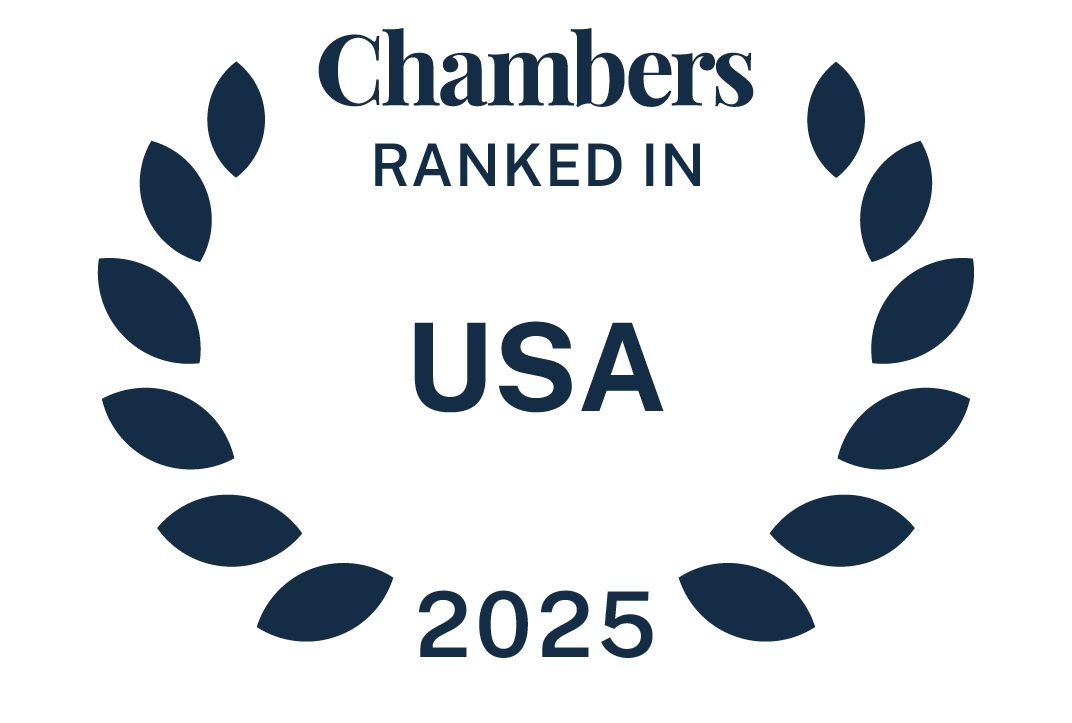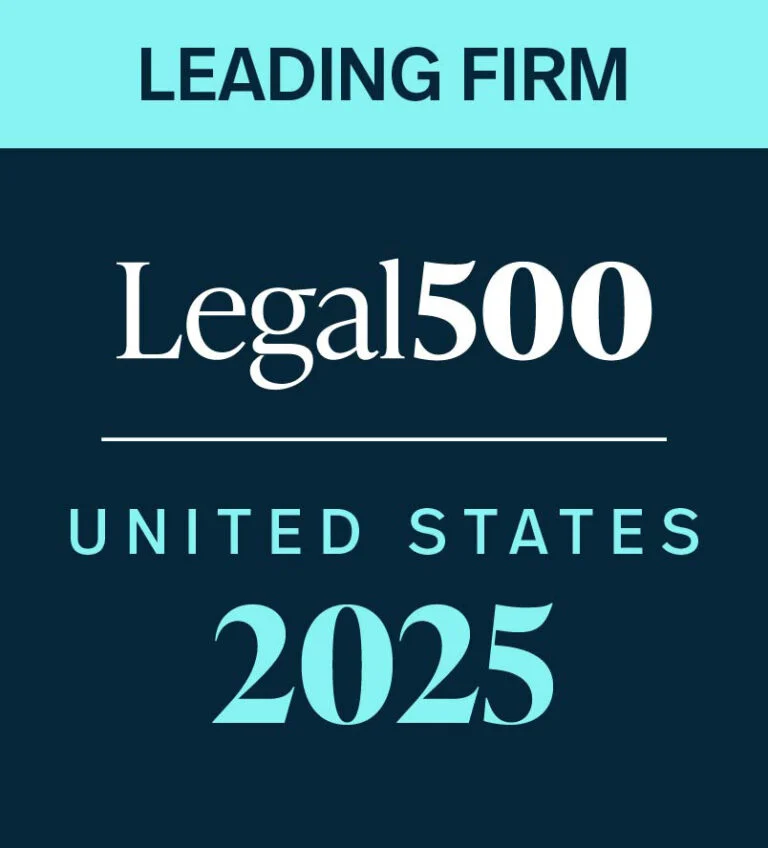In the United States, despite initial obstacles because of the COVID-19 pandemic, 2020 rounded out to be the busiest year for mergers and acquisitions (M&A) enforcement in nearly two decades. In the fourth quarter, US agencies challenged five transactions. November 2020 saw the most premerger filings in any month since 2001. Mergers and filings in the United States are predicted to remain at high levels into the new year in light of the current economic climate. The antitrust agencies have continued to maintain that their evaluation and investigation of anticompetitive harm will remain rigorous despite the uncertain times.
In Europe, the European Commission (EC) and the UK Competition and Markets Authority (CMA) had a busy last quarter of 2020. The EC completed several in-depth investigations, including the Fiat Chrysler/Peugeot merger. The EC approved this transaction with behavioural remedies. With respect to policy and legislative developments, the EC published the much-anticipated draft of the Digital Markets Act, which is intended to regulate the market behaviour of large online platforms which act as “gatekeepers” in digital markets. Given the end of the transition period for the United Kingdom’s exit from the European Union, the CMA published a guidance paper explaining how it will conduct its work following Brexit.
read more


 Subscribe
Subscribe
